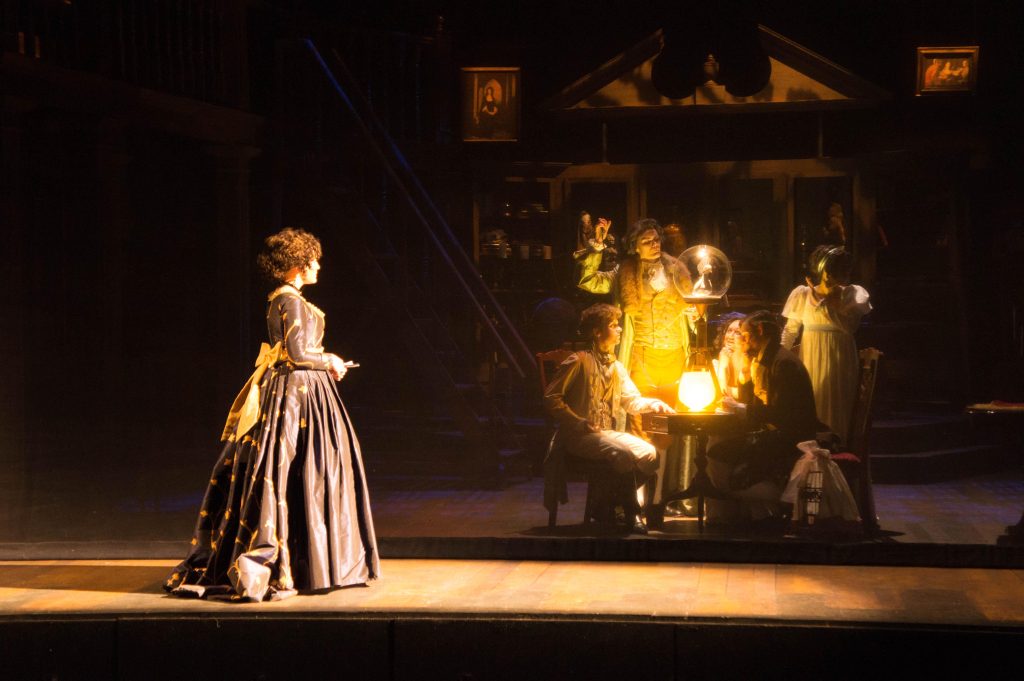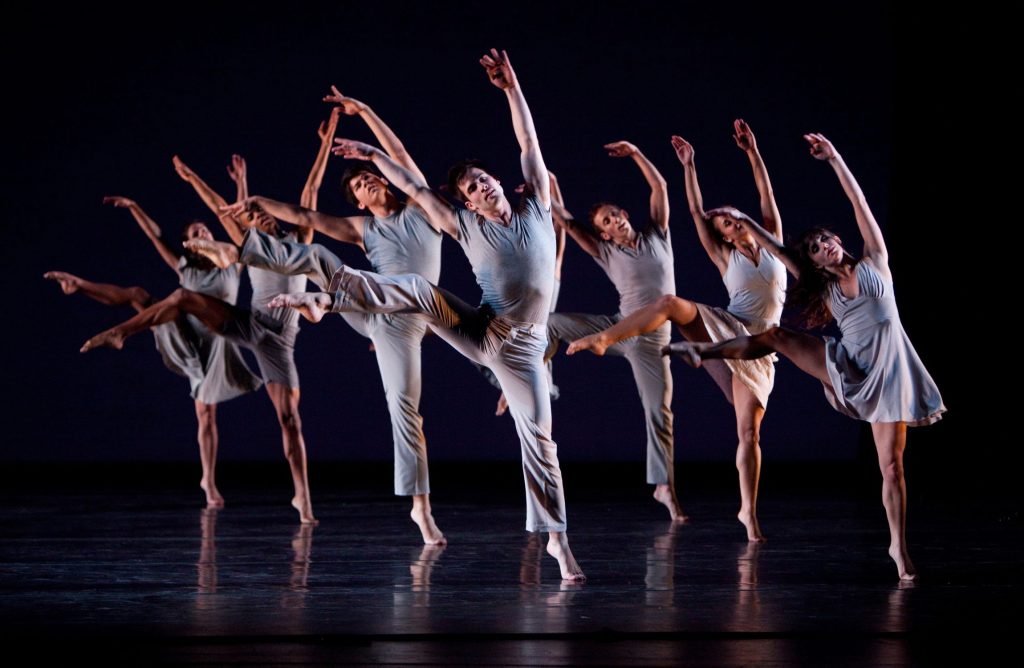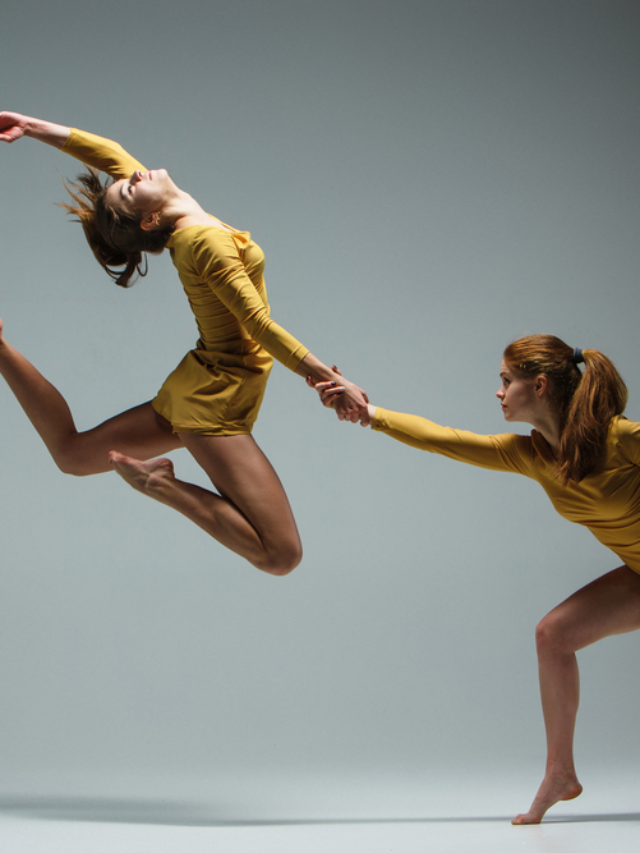What comes to mind when you think about performance? Is it an elementary school production, a dancing club, or the sound stage where your favourite performer performs? A performance is described as an activity involving a group and is seldom compared to a live act in front of thousands of people.
Societal and cultural factors influence performance or are intimate and personal. While participation in the performing arts has historically required years of rigorous study and training, there has been a recent upsurge in interest in younger actors, singers, and dancers in various settings. The phrase “performing arts” refers to a wide range of artistic expression presented live for an audience; it encompasses performance art disciplines, dance, theatre, opera, and circus. The performing arts have played a crucial role in human civilization by providing amusement, facilitating communication, and safeguarding cultural traditions.
Performing arts offer a variety of experiences that captivate, inspire, and elicit thinking and emotion, ranging from experimental theatre to classical ballet; the performing arts, whether a Shakespeare play, a symphony orchestra concert, or a contemporary dance performance, are essential to society because they enhance lives and encourage creativity and expression.
The performing arts, which can be found in formal and informal contexts, are essential to our culture and civilization. There are many places to experience music, theatre, dance, and musical theatre: big arenas, our favourite songs and records, TV series, community theatre productions, and casual dance halls. We treasure the chance to sing our favourite songs, dance to our favourite music, or watch our famous plays or musicals. Our existence, communication, and ability to express ourselves rely on the performing arts. These artistic disciplines are classified as such because they all represent practice to performance, engaging with, learning from, observing, or putting on a play, screenplay, or choreography.
History of Performing Arts
The performing arts have their roots in prehistoric communities where ceremonies, rituals, and storytelling were essential parts of everyday life. Collaborations between religious ceremonies, theatrical plays, and musicals occurred in ancient Greece, Rome, and Egypt. Greek theatre is renowned for its achievements, including creating dramatic genres like tragedy and comedy. Greek playwrights like Aeschylus, Sophocles, and Euripides laid the foundation for Western theatre, and Greek music and dance flourished.
Theatre developed during the Middle Ages in the setting of morality plays and religious festivals presented in town squares and churches. Biblical stories and moral allegories were portrayed through mystery, miracles, and passion plays, frequently involving lavish pageantry. European professional theatre troupes and the classical arts saw a renaissance during the Renaissance. Dramatists like Molière and William Shakespeare created classic pieces that are still performed today. Opera, which combines music, theatre, and spectacle, also became recognised as a separate art form.
Significant progress in the performing arts occurred in the 19th century, notably the emergence of Romanticism in theatre and music. The emergence of modern dance facilitated the burgeoning performing arts landscape, the development of ballet as an elegant art form, and advancements in stagecraft. We saw the emergence of new performing arts genres and styles in the 20th century. Conventions were questioned by modernist dance, theatre, and music movements, while avant-garde artists experimented with performance art and multidisciplinary techniques.
The performing arts constantly alter today to keep up with the rapidly evolving social, cultural, and technical environments. The performing arts continue to be an exciting and dynamic method for people to express their creativity, whether it is through experimental theatre, electronic music festivals, or traditional symphonies.
Importance of Performing Arts
Performing arts are essential vehicles for expressing cultural heritage, traditions, and identities. Through music, dance, theatre, and other forms of performance, communities preserve and transmit their cultural narratives, rituals, and values from one generation to the next. Performing arts provide entertainment and leisure activities that bring audiences joy, amusement, and relaxation. Whether attending a concert, watching a play, or enjoying a dance performance, people seek out performing arts for recreational purposes and to escape the routines of daily life.
The performing arts can provoke a wide range of feelings, empathy, catharsis, and insight. Performances have a powerful impact on people’s emotional and psychological health, whether through the dramatic tension of a play, the heartbreaking words of a song, or the expressive movements of a dancer. Engaging in or going to performing arts events is a great way to enhance social contact, community links, a sense of shared identity, and belonging. The shared enjoyment of a performance can strengthen links between audience members and promote community cohesion.
Performing Arts Center
Large proscenium-style theatres are ideal for large-scale productions such as operas and musicals, and smaller, more intimate black box theatres are suitable for chamber music concerts or experimental shows. Contemporary sound systems and acoustically optimised designs make concert halls the perfect venue for symphony concerts, recitals, and other musical events.
Theatre is employed as a mass communication tool in India; given its history, one is forced to evaluate if theatre was invented for this purpose alone or only for amusement, what kind of theatre was presented, and how it changed over time. The Jogimara and Sitabena caves near Sarguja, Chhatisgarh, have yielded archaeological evidence indicating their age above 2300 years. They even claim to be the world’s oldest theatres. The literary texts imply that theatre originated in heaven; it connects dance and theatre. The Natya Shastra by Bharat Muni is the primary source of Sanskrit theatre.

The Vedic era gave rise to the classical Sanskrit theatre, which combined dance, acting, music, and other elements. Its name is taken from the Sanskrit word for dance, indicating how intimately it was associated with dance. Drama is called natak in Sanskrit, which comes from the word nata, which means dance. There are numerous folk theatres in India. They capture the various facets of the way of life, social mores, convictions, and traditions of the area. Their more rustic and rural origins set them apart from Sanskrit theatre.
The earliest theatre in India may be found at Sitabengra Caves and Jogimara Hills in Ramgarh Hills, Chhatisgarh, which date back to the Mauryan Period. They are dated to the Hellenistic era, which lasted from 300 to 200 BCE. Sitabengra has dimensions of 14 m x 5 m x 1.8 m. It’s a cavern carved out of rock with a level platform along the rear wall. The myth that Ram, Sita, and Lakshmana (from the epic Ramayana) lived here is the source of Sitabengra’s name.
Philosophy of the Performing Arts
In any case, do you consider the philosophy of performing arts? How come, and why is that the case? In the context of the performing arts, an artistic performance is an event we actively engage in or are receptively exposed to. David Davies defines performing art as “a discipline whose principal objective is to prepare and produce artistic performances.” It’s always up to debate what constitutes a performance and how an event qualifies. Performances involve behaviour under at least one description defining a purpose guiding that behaviour and, tacitly or explicitly, a result at which it strives, according to David Davies.
Conclusion
The performing arts demonstrate the enduring power of human invention, expression, and connection. Performing arts have been a vital thread woven throughout human culture, from the prehistoric rituals of our ancestors to the contemporary stages of today’s theatres and concert halls. Artists enthral audiences, arouse feelings, spark debate, and motivate change via live performances of music, dance, theatre, and other genres. People from different origins can unite through performing arts to experience moments of delight, introspection, and catharsis as they cross language and cultural barriers.
Performing arts continue to be a ray of hope and resiliency in the complex modern world, providing comfort, motivation, and community. It serves as a reminder of our common humanity, creativity capacity, and limitless potential for development and change. We confirm the performing arts’ continuing value in our lives and communities by embracing and supporting it.
Feature image: avinlearning.com






